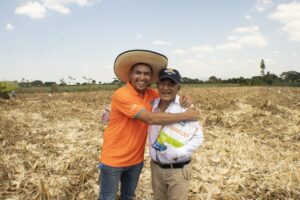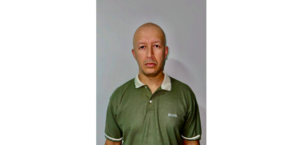Scientists have unveiled the first draft of a genetic blueprint that more accurately reflects diversity in the human population.
They say the major advance could open up a new era of genetic-based tests and treatments to everybody, regardless of their ethnic origin.
The current “official” DNA code of the human species, which was published as the Human Genome Project in 2001, has since been used as the reference against which all other genetic sequences have been compared.
But the genome was largely based on an anonymous American man of white European descent, creating a bias that’s likely to exclude people with other ancestries from genetic advances.
Now, in a major scientific undertaking, a consortium of scientists has produced a more representative genetic manual, called a “pan-genome”, that was based on samples taken from 47 diverse individuals.
“This is big science at its best,” said Dr Karen Miga at the University of California, Santa Cruz.
“The original Human Genome Project was a landmark achievement,” Dr Miga added.
“It was profound in how it transformed scientific discovery and launched a powerful era in genetic medicine.
“But we now understand that having just one map of a single human genome cannot adequately represent all of humanity.”
Around 99.9% of the three billion letters in our genetic code are common to all humans, binding us together as a species.
But 0.1% contains variations that reflect our individual ancestry.
Analysis of the 47 samples by scientists in the Human Pangenome Reference Consortium found 119 million new variations in the genetic code and 1,115 repeated sections of DNA that contain genes.
The findings were published in the journal Nature.
Professor Evan Eichler, of the University of Washington, said: “We are finding more variation than we anticipated.
“There were hints of this before, but we did not have the right ‘microscope’ to see this.
“Now we can see this variation for the first time – and it is amazing.”










